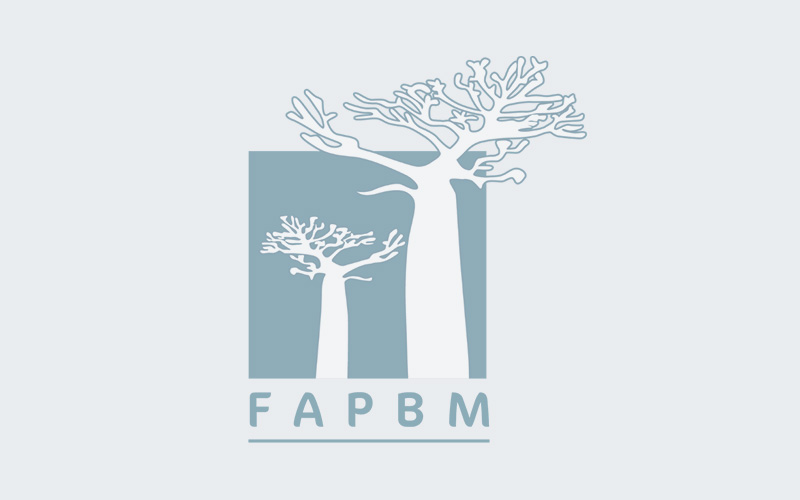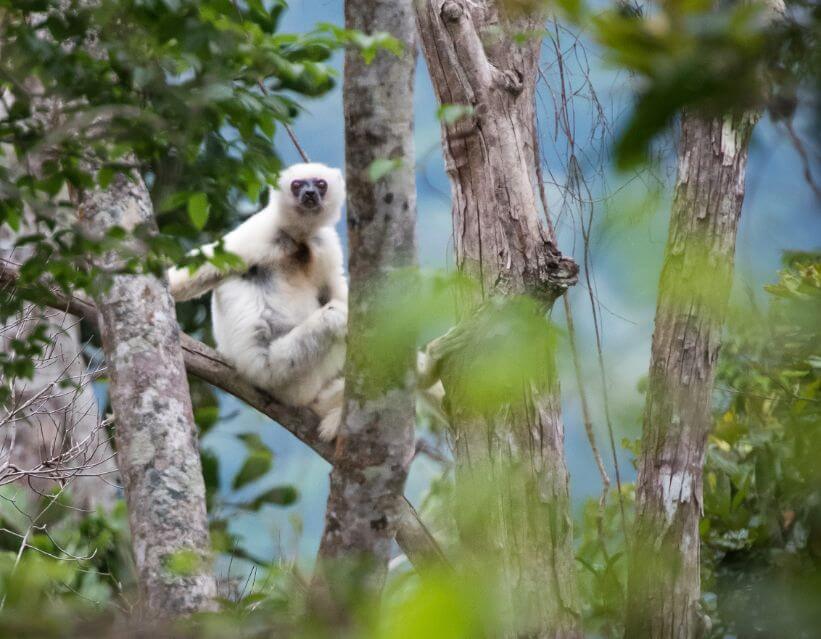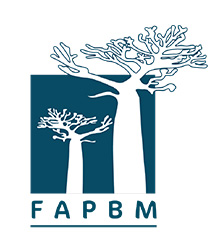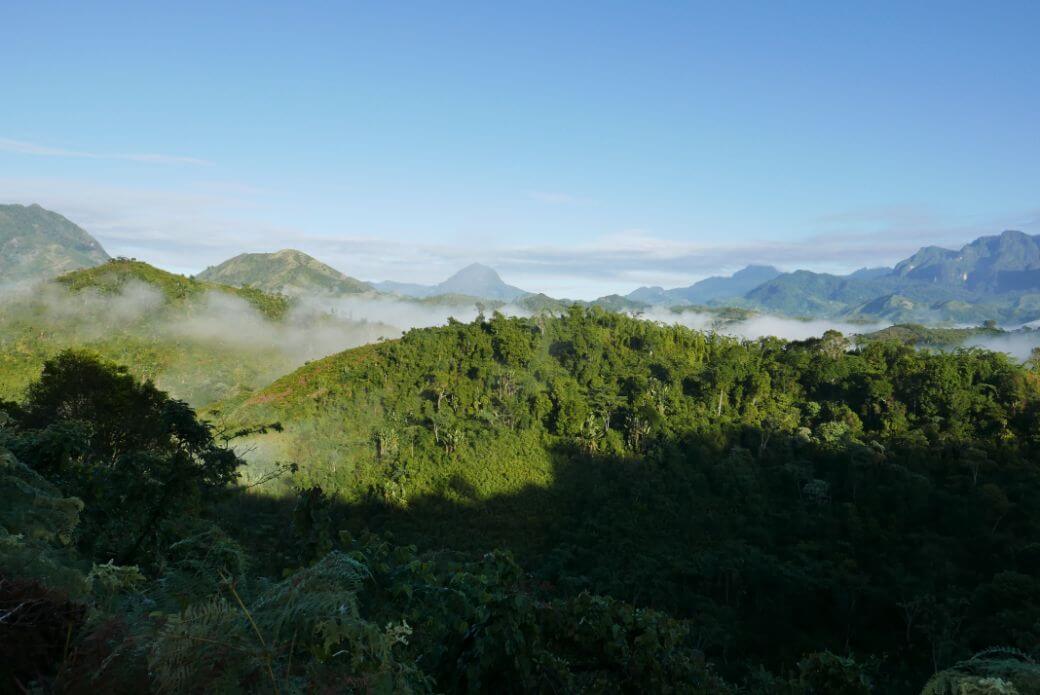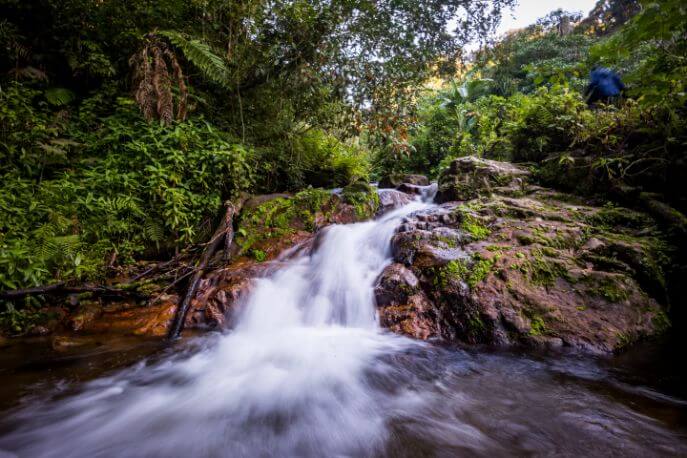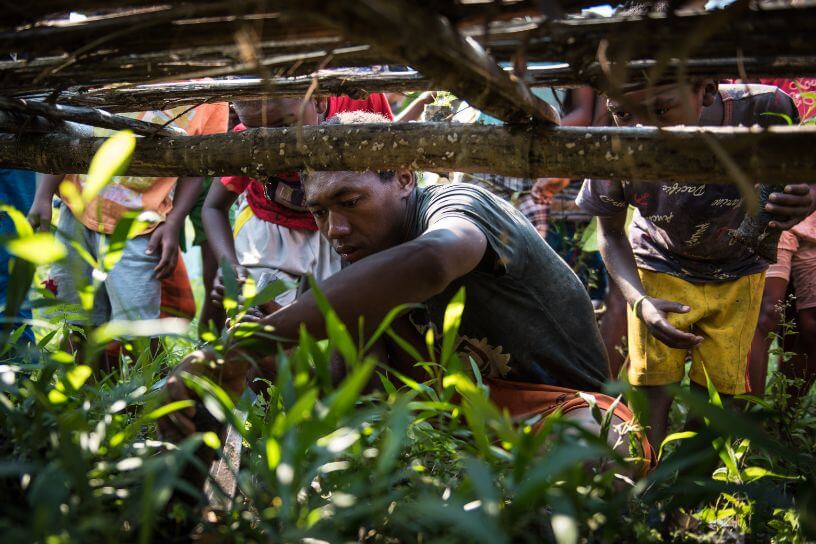Flagship Species
COMATSA is essentially covered continuously by the mid-
altitude evergreen rainforest. The southern part is less rich than the north part in terms of flora, however, the represented flora includes endemic species of the Sambirano domain. The southern part is equally rich in fauna with considerable specific diversity in reptiles and amphibians; local endemic species are also recorded for both groups.
